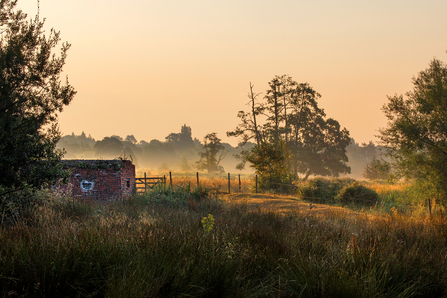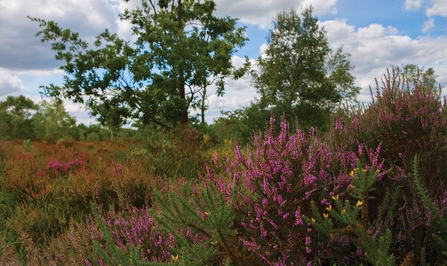I was able to choose where I spent my Year 12 work experience week, and I wanted to choose a place that was useful and interesting. Surrey Wildlife Trust not only exceeded my wishes but also expectations by teaching me insightful lessons and giving me practical skills. I learnt many fascinating things in my four days of in-person work experience...
Day 1 - stock fence maintenance
The first day at Thundry Meadows involved getting rid of rotten fences and replacing them with new, stable ones. On this day I learnt how to use a hammer to knock things into awkward angles! It was on the way to the fence and back that I learnt that wellies are preferable to walking boots at this time of year. But, most importantly, I obtained the knowledge of why we were maintaining fences: to keep cows so they could graze the land in order to get rid of over-dominant species to increase biodiversity. Later, I learnt how to use a saw to replace rotten wood stairs with new ones. I also discovered about the butterfly transect in the area which taught me the importance of standardised sampling as well as giving me insight into how we can estimate the number of butterflies in the UK. Overall, a helpful and fascinating day!



